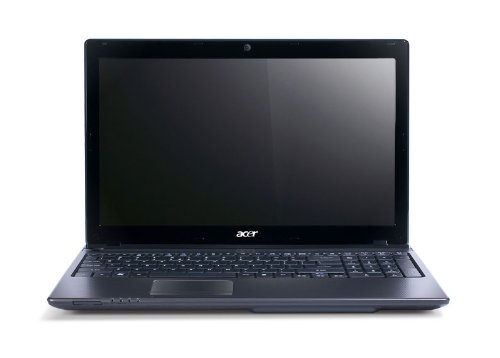Is your old laptop running slower than ever? Before you consider buying a new one, try these proven tips to speed it up. With the right tweaks, upgrades, and maintenance, you can significantly improve your laptop’s performance without spending much—or anything at all.
1. Clean Up Your System
a. Uninstall Unnecessary Programs
Over time, your laptop collects software you no longer use. These can eat up disk space and background resources.
How to uninstall:
- On Windows: Go to Control Panel > Programs > Uninstall a program.
- On macOS: Drag apps from the Applications folder to the Trash.
Look out for toolbars, pre-installed bloatware, and apps you haven’t opened in months.
b. Delete Temporary Files
Temporary files, logs, and system cache can pile up and slow things down.
Tools to use:
- Windows: Use Disk Cleanup or tools like CCleaner.
- macOS: Use CleanMyMac or clear the cache manually via Finder.
2. Limit Startup Programs
Too many programs running at startup can drastically slow down boot time.
How to manage startup apps:
- Windows: Press
Ctrl + Shift + Esc> Startup tab > Disable unneeded apps. - macOS: Go to System Settings > Users & Groups > Login Items.
Stick to only essential apps like antivirus software.
3. Update Everything
a. Operating System
Running outdated software can slow down performance and expose you to security risks.
- Check for OS updates in Settings > Windows Update (Windows) or System Settings > General > Software Update (macOS).
b. Drivers and Firmware
Keeping your hardware drivers updated ensures smooth operation, especially for graphics and network components.
- Use the manufacturer’s site or tools like Driver Booster for Windows.
c. Apps
Old versions of applications may be poorly optimized. Update browsers, productivity tools, and any heavy-duty software you use.
4. Upgrade Hardware (If Possible)
a. Add More RAM
Upgrading your RAM (memory) is one of the easiest and most effective ways to improve speed, especially for multitasking.
- Check how much you have: Task Manager > Performance tab (Windows) or About This Mac > Memory.
- Recommendation: At least 8GB for general use; 16GB for heavy tasks.
b. Switch to an SSD
If your laptop still uses a traditional hard drive (HDD), upgrading to a solid-state drive (SSD) can drastically improve boot and load times.
- SSDs are faster, more reliable, and use less power.
5. Scan for Malware and Viruses
Malicious software can silently steal resources and slow your system.
Recommended tools:
- Windows Defender (built-in), Malwarebytes, or Bitdefender.
- macOS users should still scan occasionally, even though macOS has strong protections.
6. Optimize Browser and Internet Use
Web browsers are major resource hogs, especially with lots of tabs and extensions.
a. Remove Unused Extensions
Too many add-ons can slow down your browser.
- Go to your browser settings > Extensions/Add-ons > Disable or remove.
b. Clear Cache and History
Cached data can slow things down over time.
- In Chrome: Settings > Privacy and security > Clear browsing data.
7. Adjust Visual Effects
Fancy animations and shadows look nice but use resources.
Windows:
- Go to System > Advanced system settings > Performance Settings.
- Choose Adjust for best performance or manually disable effects.
macOS:
- Disable visual effects like transparency and motion via Accessibility Settings.
8. Free Up Disk Space
A nearly full drive can slow down your computer.
- Move large files to an external drive or cloud storage (Google Drive, OneDrive, Dropbox).
- Remove duplicate files using tools like Duplicate Cleaner or Gemini 2 (Mac).
9. Reinstall the Operating System (Advanced)
If nothing else works, a fresh OS install can eliminate years of digital clutter.
Backup first!
Use an external hard drive or cloud storage before wiping your system.
- Windows: Use the Reset this PC option.
- macOS: Use Disk Utility and reinstall via macOS Recovery.
Bonus Tips
- Keep your laptop physically clean: Dust can block vents and cause overheating, which throttles performance.
- Avoid overheating: Use a cooling pad or elevate your laptop for better airflow.
- Restart regularly: Keeping your laptop on 24/7 can slow it down over time due to memory leaks.
Conclusion
You don’t always need a new laptop to enjoy better performance. By decluttering your system, upgrading hardware, and maintaining software, your old laptop can feel new again. Take a few hours to follow these steps—you might be surprised how much faster and smoother your machine runs.
More For You
1.Best Budget Laptop for Students in India (2025): Top Picks for Study, Productivity & Entertainment
2.Labubu Dolls: The Quirky Collectibles Taking the World by Storm

